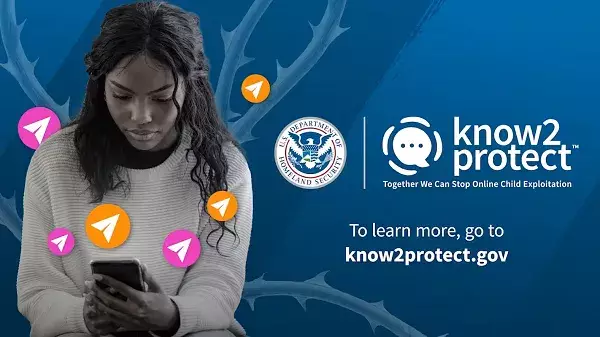In an increasingly digital world, where social media plays an integral role in the lives of young people, the prevalence of child sexual exploitation and abuse (CSEA) poses a significant threat. Snapchat, with its vast user base of teens and young adults, has taken on a crucial responsibility by participating in the U.S. Department of Homeland Security’s “Know2Protect” initiative. This program, aimed at educating young people about the risks of online interactions, seeks to empower them with knowledge and resources to combat these dangers. However, the statistics speak volumes about the ongoing challenges in this arena, and while Snapchat’s efforts are commendable, the effectiveness of these programs in changing behavior warrants a closer examination.
Unpacking the Data: An Ambiguous Picture
Snapchat’s recent research, obtained through user polls, highlights a concerning reality. Despite the company’s initiatives, the percentage of teens sharing intimate images remains unchanged at 24%. Alarmingly, 33% of respondents reported experiences of online grooming, although this figure reflects a slight decrease in comparison to previous years. Additionally, the prevalence of catfishing, wherein individuals misrepresent themselves online, affected 35% of participants—a figure that, while marginally improved, signals an ongoing issue.
Even more unsettling is the revelation that over half of those who shared intimate images were deceived about their partner’s true identity. This brings to light the deceptive dynamics within digital interaction, where vulnerabilities can be exploited. The fact that 50% of respondents reported losing control of their shared content is a glaring indictment of the risks inherent in such interactions. Of particular concern, nearly two-thirds of young teens indicated they lost control over the images they distributed—an increase of 20 percentage points compared to older demographics. This statistic underscores the urgency of addressing the emotional and psychological ramifications of losing control over one’s digital footprint.
The Ripple Effect of Awareness Initiatives
Amid these troubling statistics, there is a silver lining. Snapchat reports a notable increase in awareness surrounding the Know2Protect initiative. Nearly 30% of teens acknowledge familiarity with the campaign, representing a significant 17-point rise since the previous research phase. Furthermore, almost half of those aware of the initiative could articulate its components, a marked improvement compared to earlier metrics.
This growing awareness is crucial; it suggests that the program is making strides toward enhancing young people’s understanding of online safety. The fact that 89% of teenagers reported seeking additional information on online safety following exposure to the campaign highlights the potential for education to foster vigilance and proactivity among youth. Such engagement may ultimately form the bedrock for a safer online environment, empowering teens to protect themselves against predatory behavior.
Continuing to Innovate: Snapchat’s Protective Measures
In parallel to its awareness-raising efforts, Snapchat is bolstering its protective infrastructure. The implementation of PhotoDNA, a technology designed to identify and remove illegal content, is a step toward mitigating the risks of exploitation. This tool, in conjunction with in-app alerts regarding suspicious friend requests, aims to preempt deceptive interactions that could lead to abuse.
Furthermore, Snapchat continues to develop its Family Center suite of parental controls, equipping parents with resources to monitor and steer their children safely through the online landscape. These proactive measures are essential in creating a supportive framework that holds both the platform and its users accountable for their digital engagements.
The Road Ahead: Challenges and Opportunities
Despite these advancements, the road ahead remains fraught with challenges. The relentlessness of technology, particularly concerning AI-generated deepfakes, presents an evolving landscape of risks that demand innovative solutions. The data, while undoubtedly concerning, also serves as a catalyst for continued discussion and action regarding online safety.
Snapchat’s journey towards creating a safer platform for younger users is commendable, yet it must evolve in tandem with the rapidly changing digital environment. Ultimately, empowering teens with the knowledge and resources to navigate these challenges is paramount. The effectiveness of initiatives like Know2Protect will depend on Snapchat’s commitment to innovation, collaboration, and education as it endeavors to shield its young users from the perils of online exploitation.


Leave a Reply